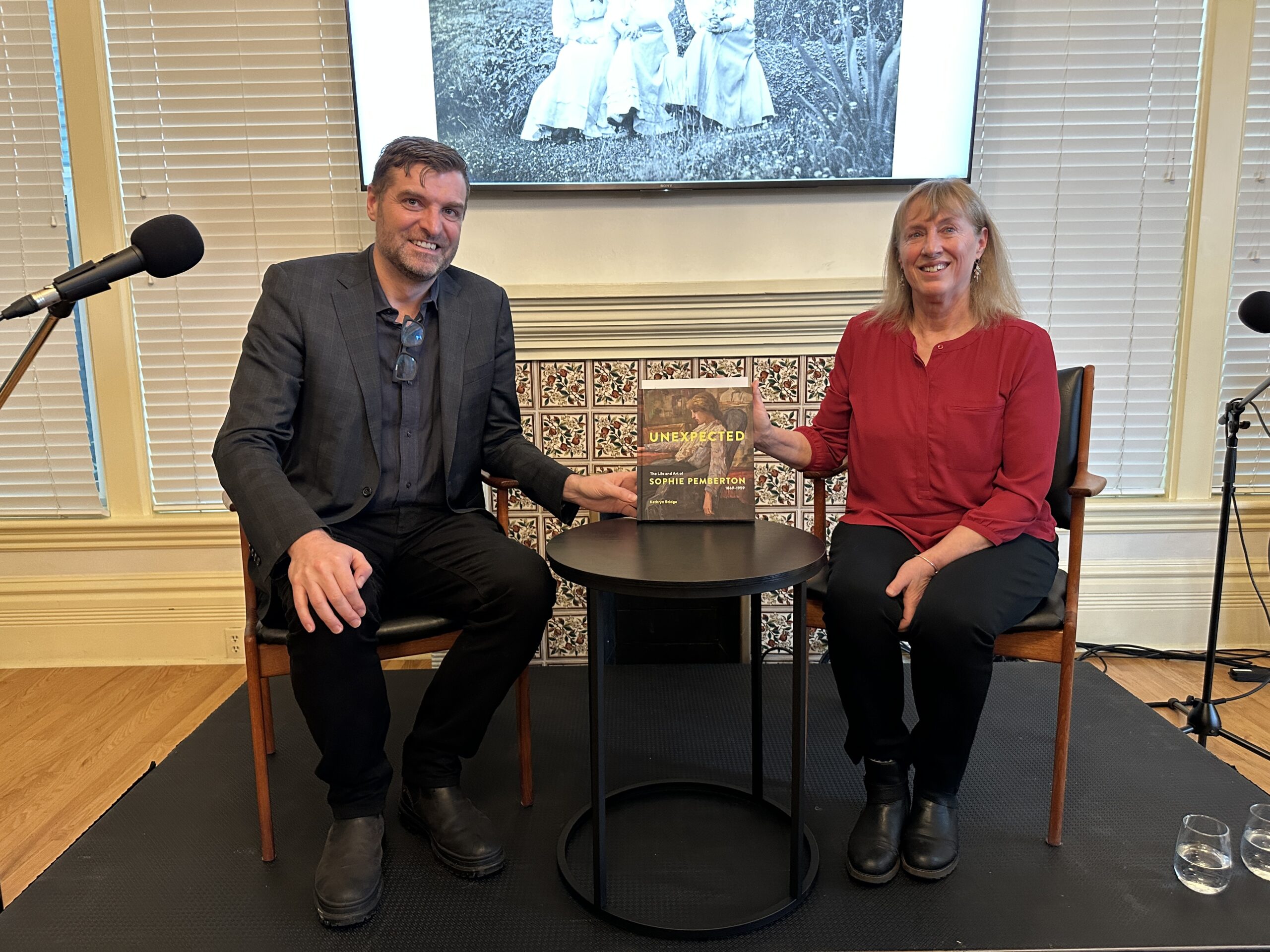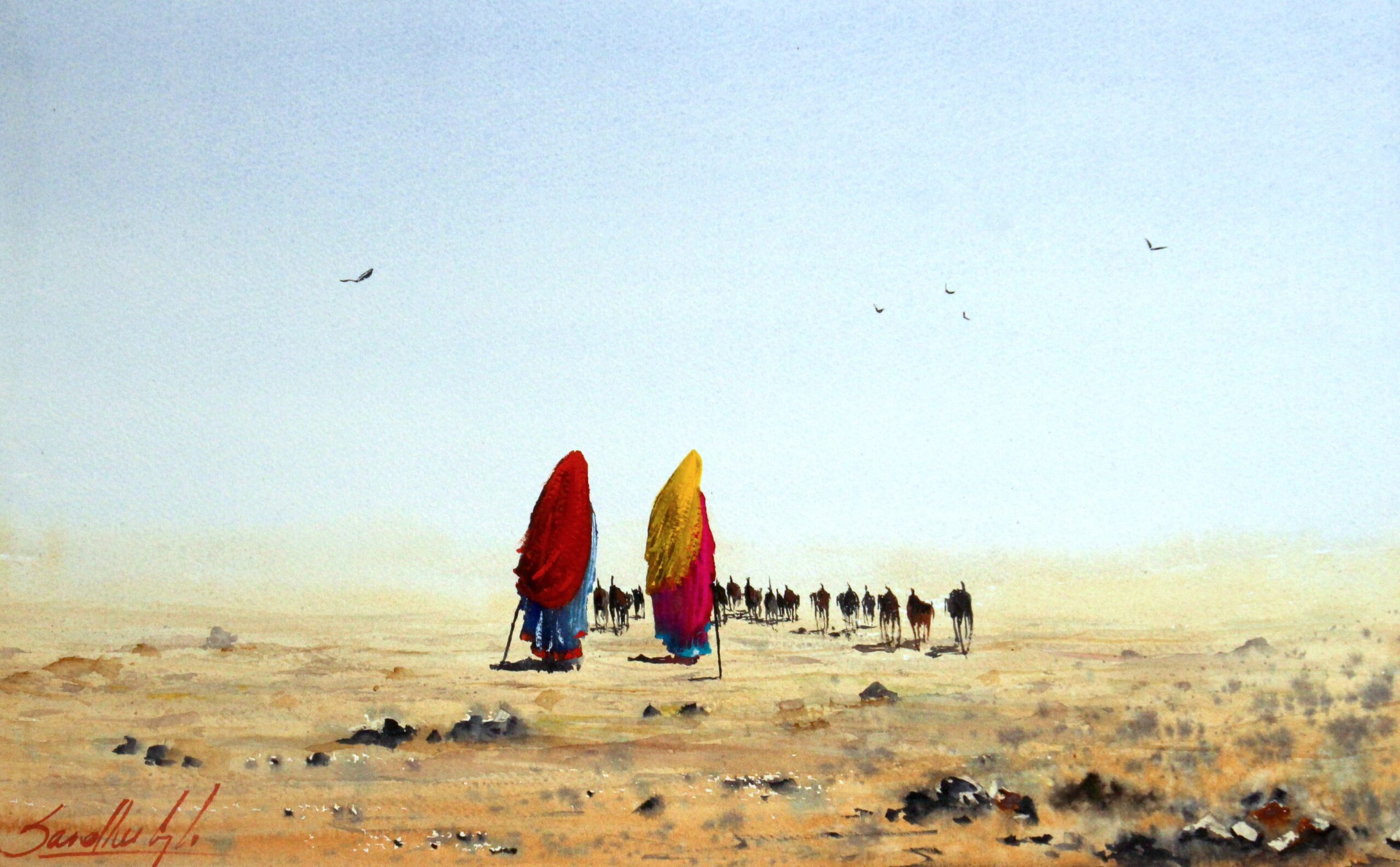By Audrey Wang, AGGV Volunteer
The Art Gallery of Greater Victoria is actually less art gallery than it is a museum, given its mandate to acquire and present works of art historical importance, to provide an educational insight into its holdings, to address pertinent social issues at hand and to engage with the various communities in Greater Victoria and in Canada as a whole. As part of its community outreach programs, the AGGV has consistently provided a robust programming of rotating exhibitions in its relatively small space. Every quarter, new themed exhibitions are simultaneously presented in the gallery spaces, drawn from its permanent collection, as well as inviting contemporary artists, curators and commentators to present far-ranging topics that bring about reflection and engagement with the many pockets in our society.
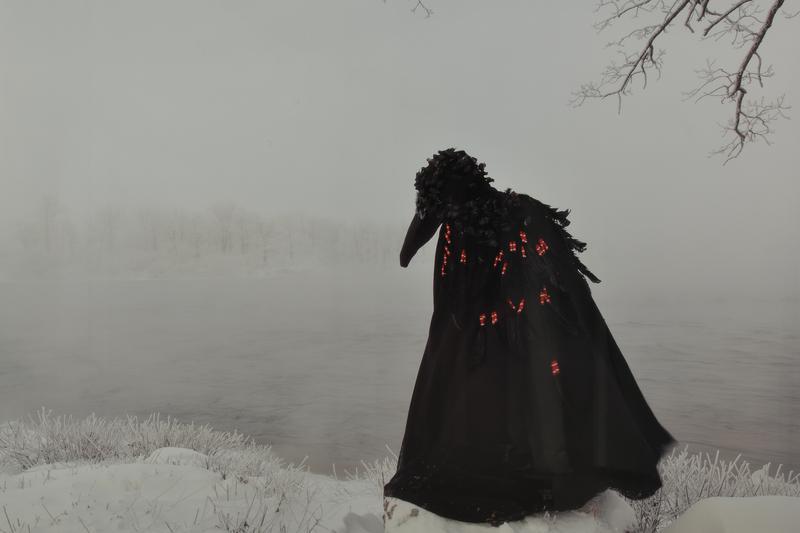
So, while a full exhibition of the permanent collection may not seem so extraordinary for most museums around the world, it is, in fact, something quite special for the AGGV. Celebrating the AGGV Collection was put together when the Gallery was closed amid the COVID-19 pandemic lockdown in the Spring of 2020. Like all other aspects of life during the pandemic, a pause in normal operations brought about new ways to face the challenges. In the same way that people all over turned in towards home, towards family, and trying new things from home, it would seem that the AGGV curatorial team also had the same idea! With the exhibition of its permanent collection, Michelle Jacques and Dr. Heng Wu has given the viewer a succinct overview of the breadth and depth of the collection.
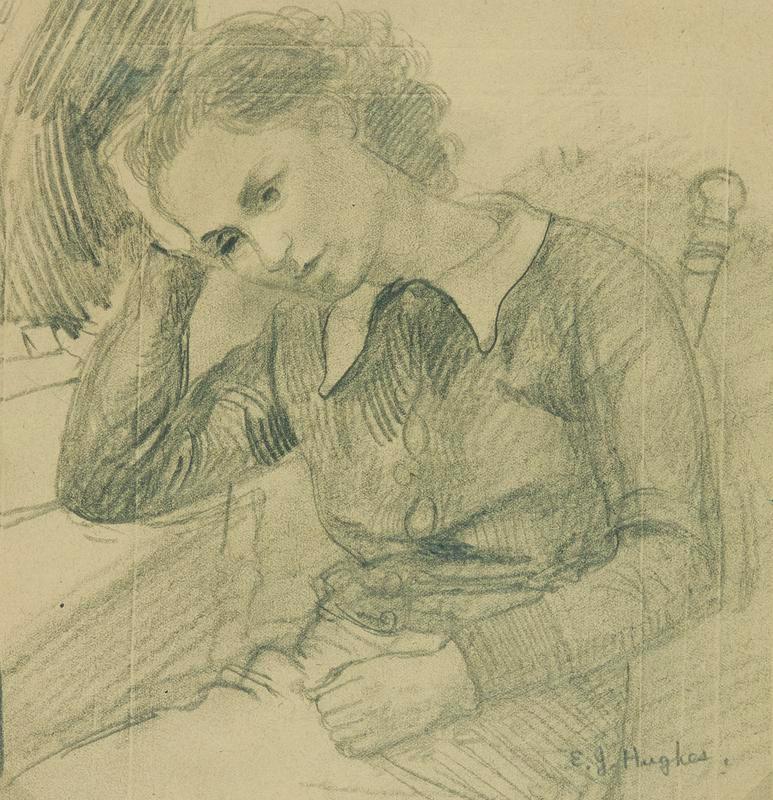
Where previously one was free to roam the gallery spaces at random, social distancing measures meant that visitors were now required to follow the arrows on the floor, directing traffic flow in a one-way system. This new normal dictates how one views the artworks. The first gallery of Celebrating the AGGV Collection is dedicated to figural portrait drawings curated from the historical, contemporary and Asian art collections. The intimate nature of the drawings and sketches is a strong reflection on these times of social distancing. The focus on the human face and body draws the viewer into the artist’s personal space. A number of these drawings are preparatory sketches. The process-driven artwork lends an intimate insight into the artist’s expression.

Central to the AGGV’s outreach programming is engagement with children and youth. Following the directional flow of the exhibition takes you into the Lab Gallery where “I Can Make Art Like… Emily Carr” (2005) by Jane Churchill is screened. This is a short film created for the National Film Board of Canada, where children are introduced to Emily Carr’s life, artwork, and relationship to nature, in order to engage them with some of the ideas and imagery that inspired her landscape.
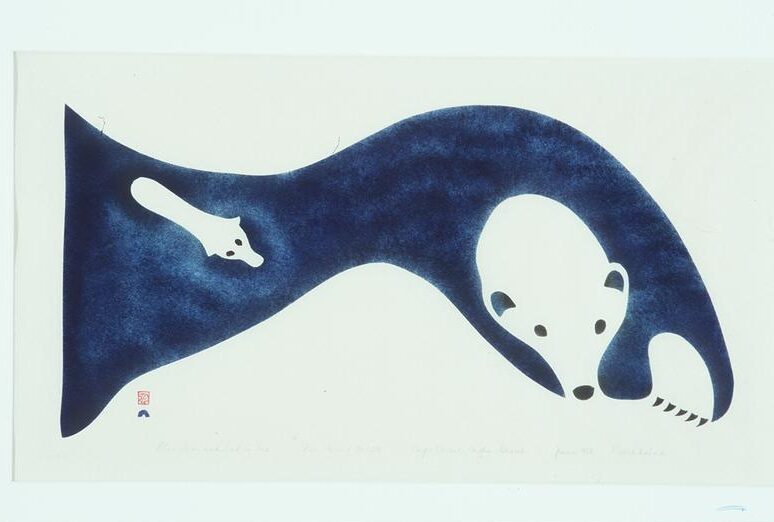
The flow of the exhibition brings the viewer organically to the very images that inspired Churchill’s film. Among the highlights of the AGGV’s collection are the paintings by Emily Carr. Many of her paintings depict the ancient, old-growth forests in our region and her interest in the environment is also represented in the newly acquired oil painting of Finlayson Point (above as the featured image). Carr’s paintings – along with works by A.Y. Jackson, Maud Lewis, David Milne, Lawren Harris and others – form the section of the exhibition entitled “Highlights from the Canadian Historical Collection”. As self-explanatory as the title, this part of the exhibition will nonetheless enthrall all viewers, not only for some of Canada’s most prominent artists, but also for the thoughtful manner of display. The hanging of the paintings acknowledges the contribution of less well-known First Nations artists to the Canadian art historical narrative, especially when shown alongside paintings of a more Eurocentric leaning. Of particular note, however, is a landscape by Grafton Tyler Brown, considered to be the first professional Black artist in British Columbia. He lived in Victoria between 1882 and 1884.

From the historical art section, the viewer is brought into “Recent Acquisitions in Contemporary Art”, featuring works by living artists. Many of these works were produced in the 21st century. From the outset, the AGGV has collected the work of living artists, and past exhibitions have demonstrated the collaborative work ethic between the Gallery’s curators and artists. The broad spectrum of artworks in the Ker Gallery gives a taste of the exciting ideas formulated in Canada in the last 20 years. From paintings to ceramics, photographs to mixed media works and traditional craft, the exhibits look back into the past and forwards into the future. As the information board reminds us, with time, these works will pass into the historical art section of the Gallery’s holdings, thus creating a new canon in Canadian art history.
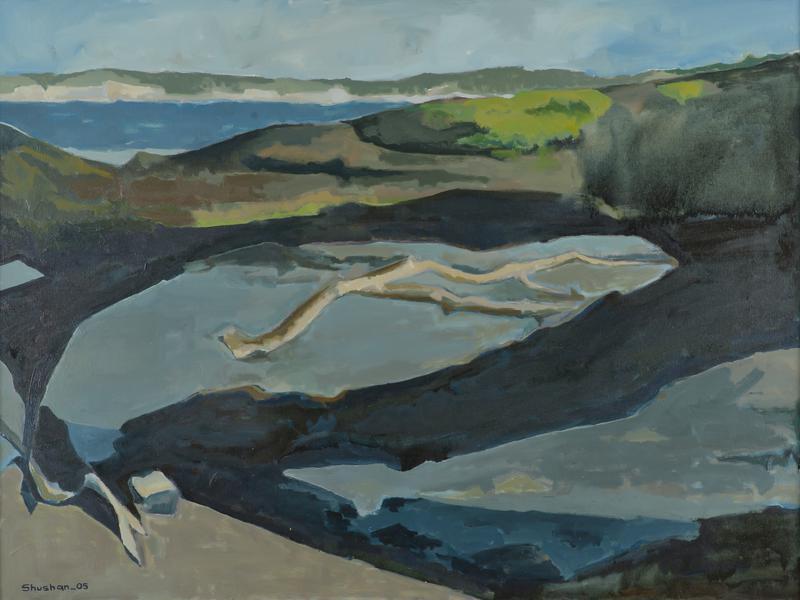
The final gallery is dedicated to new acquisitions from the Asian Art collection. Read the interview here with the AGGV’s new Asian Art Curator, Dr. Heng Wu, about this area of collection.
Feature image: Emily Carr (Canadian, 1871 – 1945) | Untitled (Finlayson Point) | undated | Oil | 58 × 86 cm | Anonymous Gift (2019.021.002)


